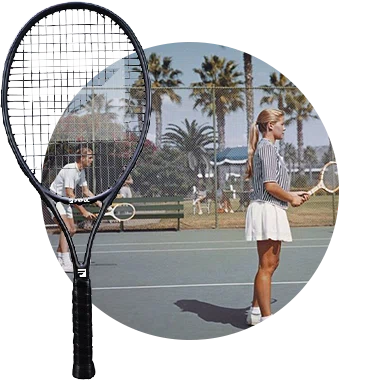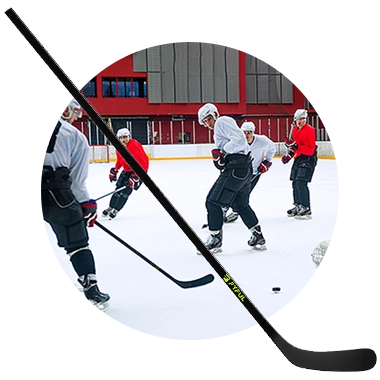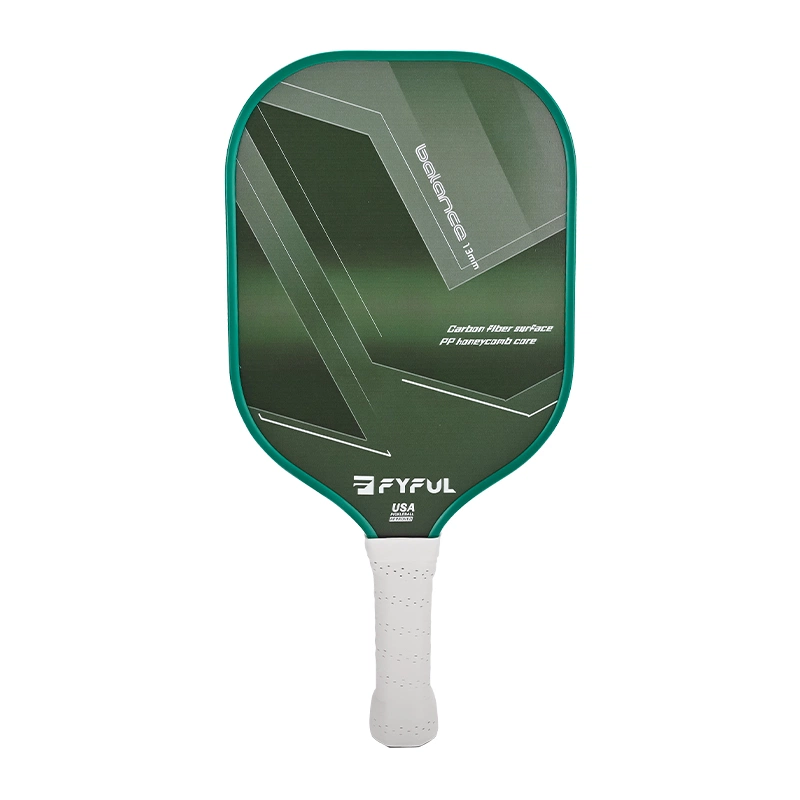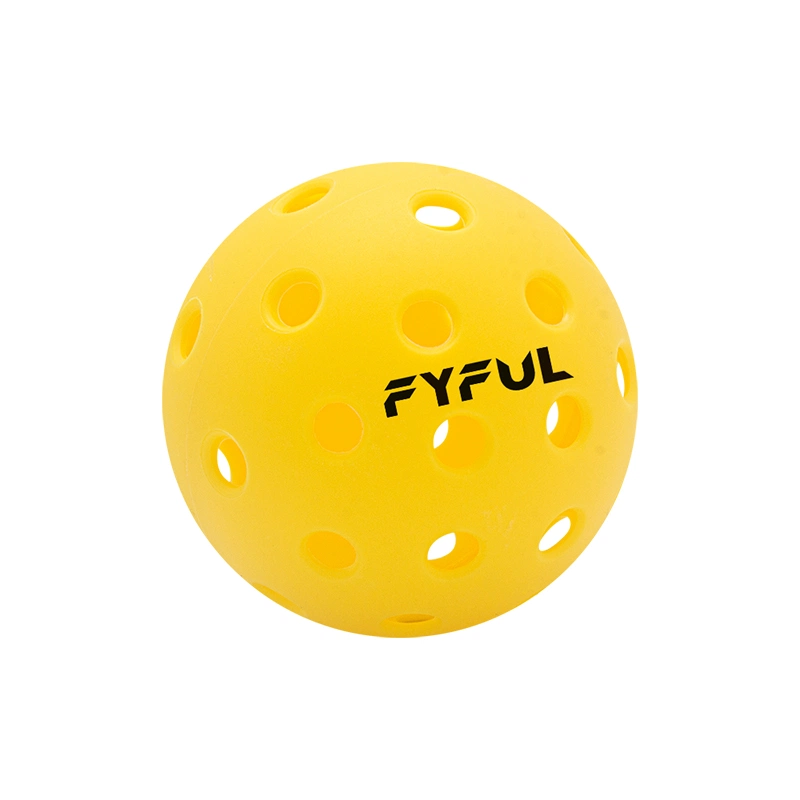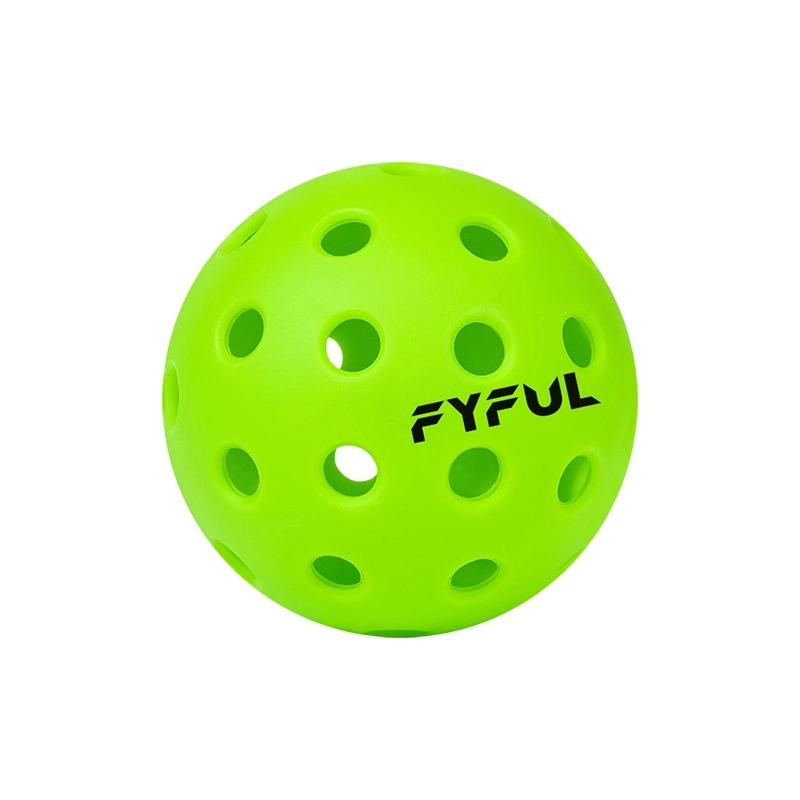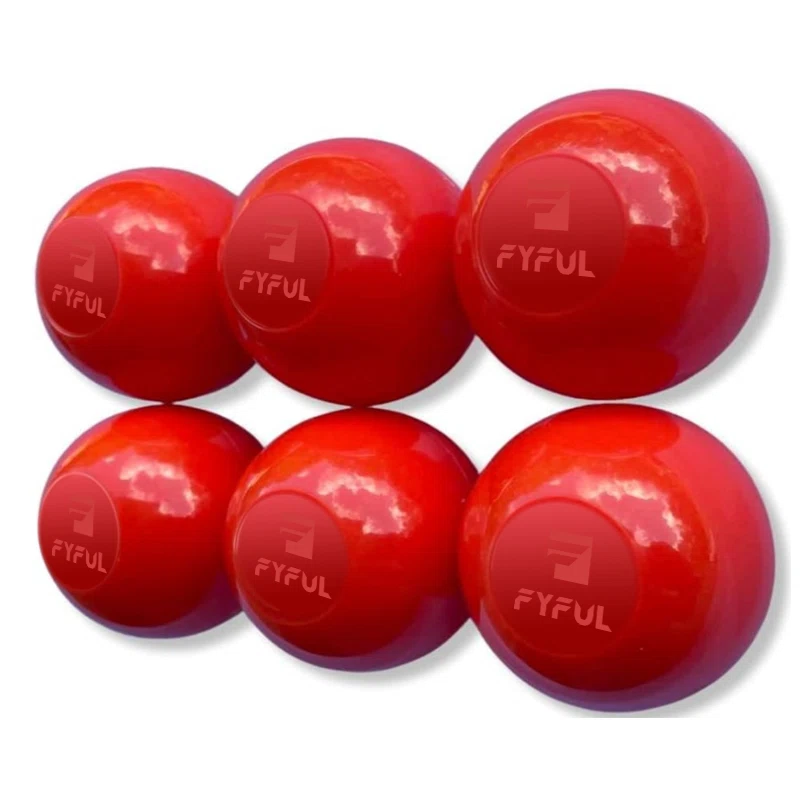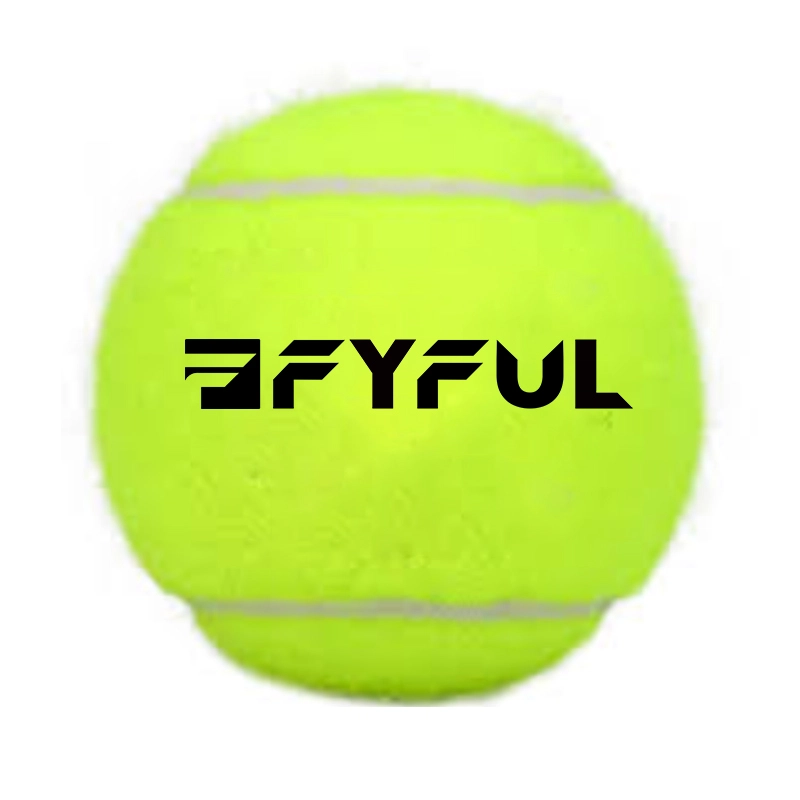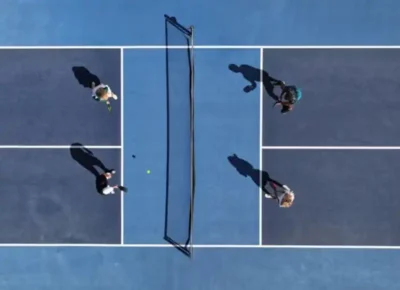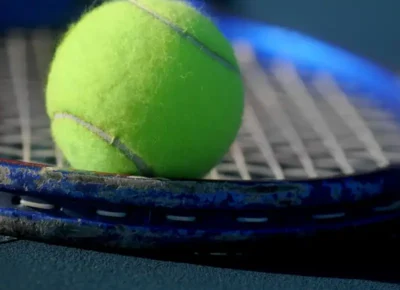Table of Contents
Thermoformed vs Non-Thermoformed Pickleball Paddles — the debate can feel overwhelming when you’re standing at the paddle wall. Every manufacturer claims their technology is revolutionary. But here’s what they won’t tell you: this conversation isn’t about which is better or worse — it’s about matching construction to your game.
In the Thermoformed vs Non-Thermoformed Pickleball Paddles comparison, the price gap can exceed $150 — yet few players understand why. Yet most players can’t explain why. We tested both extensively, consulting with manufacturers and players to cut through the marketing noise and deliver real answers.
What you’ll discover:
- How thermoformed paddles are made
- Traditional paddle construction explained
- Performance differences that matter
- Durability and price comparisons
- Choosing based on your playing style
At FYFUL, we manufacture both types because we know one size doesn’t fit all. Our 20-year journey in paddle production taught us that great equipment matches the player, not trends. We’ll show you exactly what that means for your game.
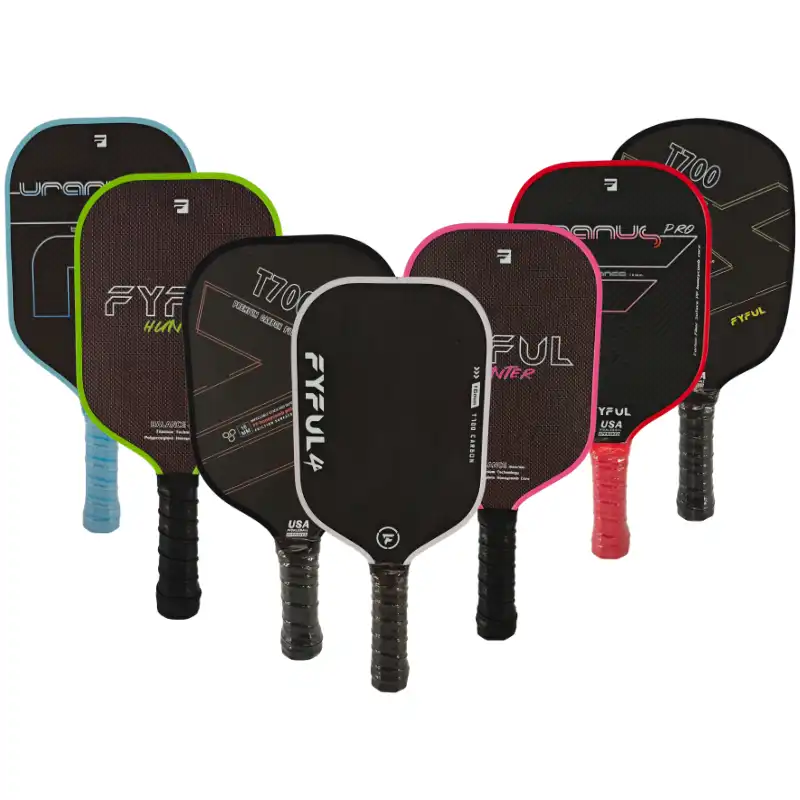
Thermoformed vs Non-Thermoformed Pickleball Paddles
What is a Thermoformed Pickleball Paddle?
Thermoformed pickleball paddles represent a significant advancement in paddle construction. The thermoforming process involves heating carbon fiber plies under intense pressure to create a fully enclosed unibody structure.
Here’s how it works: Multiple carbon fiber sheets get layered with epoxy resin, then placed in a hot press molding system. As high temperatures activate the resin, the PP honeycomb core expands while the carbon fiber plies bond together. This creates intense internal pressure that forms the paddle into its desired shape.
The key innovation lies in the unibody construction. Unlike traditional paddles with separate components, thermoformed paddles undergo a process in which the face sheets, core, and edge become a seamless unit. This carbon seam foamed edge eliminates the need for a separate edge guard.
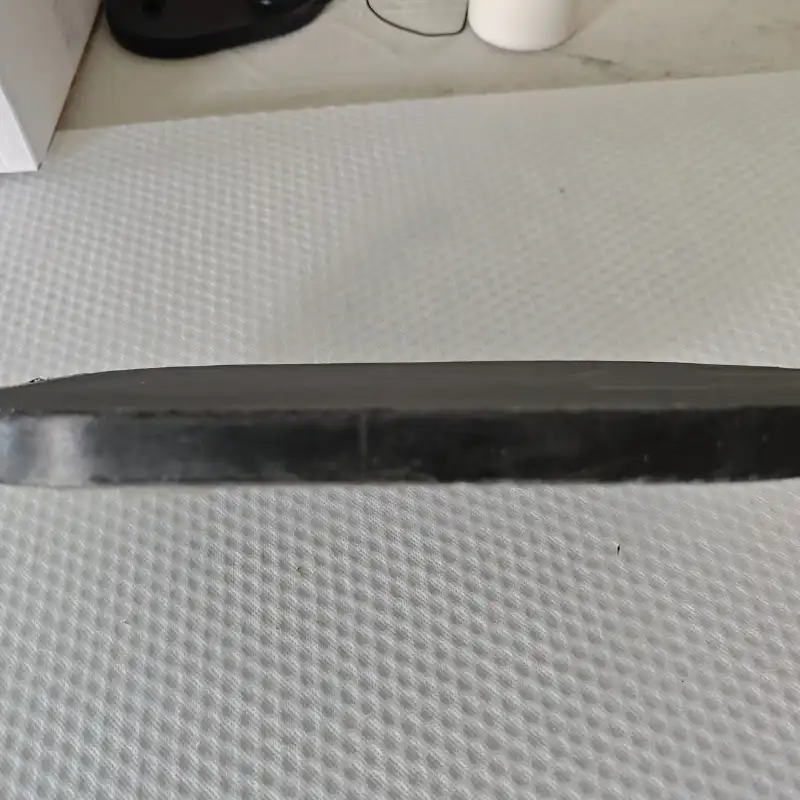
Thermoformed one-piece pickleball paddle
What is a Non-Thermoformed Pickleball Paddle?
Non-thermoformed paddles — what we generally refer to as traditional paddles — use a different approach to pickleball paddle fabrication. These paddles rely on cold-press construction methods that have defined the pickleball paddle industry for decades.
The manufacturing process starts with the fabrication. Raw carbon fiber or fiberglass sheets are cut to the desired size, then bonded to a honeycomb core (usually polymer or aluminum) using adhesive. A peel ply texture gets applied to create the textured surface players expect.
Traditional construction means assembling components separately. The paddle face bonds to the core in a direction perpendicular to the playing surface, and an edge guard wraps around the perimeter for protection. This entire process happens at room temperature, preserving the original properties of each material.
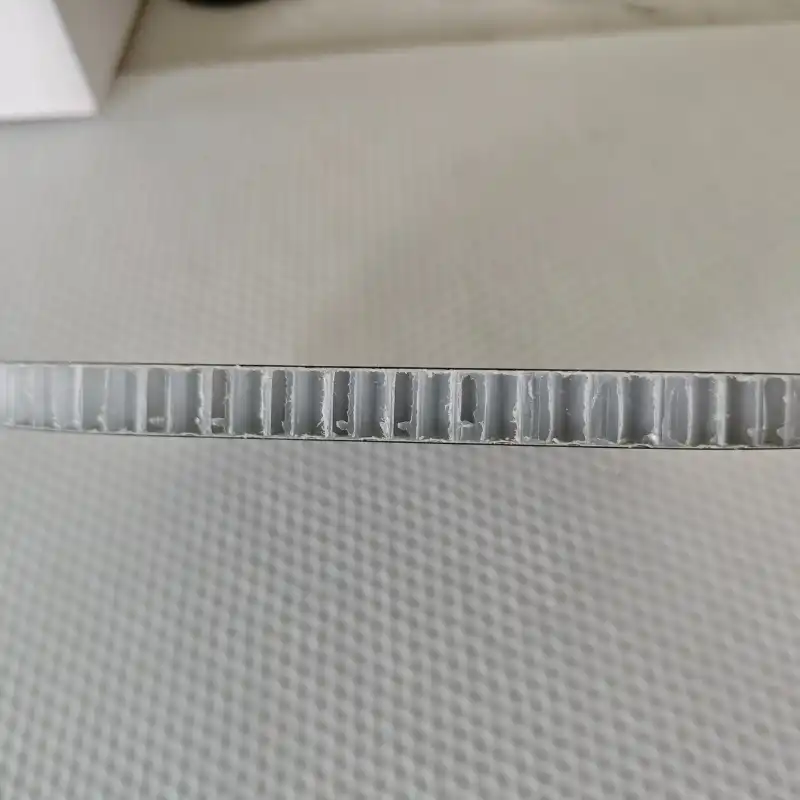
Cold-pressed assembled pickleball paddle
Thermoformed vs Non-Thermoformed Pickleball Paddles: Key Differences
Understanding the differences in Thermoformed vs Non-Thermoformed Pickleball Paddles helps you choose the best paddle for your game. Both technologies offer unique benefits, but they excel in different areas.
| Feature | Thermoformed | Non-Thermoformed |
|---|---|---|
| Power | Excellent power from the unibody structure | Moderate power, more control-focused |
| Sweet Spot | Larger sweet spot due to even pressure distribution | Standard sweet spot, predictable response |
| Durability | Superior resistance to core crushing and delamination | Good durability with proper edge guard |
| Feel | Stiffer, more responsive | Softer, shock-absorbing |
| Price | $150-300+ | $50-150 |
Performance Differences: Thermoformed paddles create a trampoline effect that generates more power for powerful shots. The foamed edge technology distributes energy better during fast-paced rallies. However, this comes with potential drawbacks — some players find them too stiff or “pingy.”
In the context of Thermoformed vs Non-Thermoformed Pickleball Paddles, traditional paddles are often praised for offering better touch and control. Their layered construction absorbs vibration naturally, making them ideal for players prioritizing placement over power. Delamination refers to layers separating, which happens more often in traditional paddles but is easily preventable with quality construction.
The thermoforming technically includes processes that change how energy transfers through the paddle. The feel between Thermoformed vs Non-Thermoformed Pickleball Paddles differs — some players love the power, others find it too aggressive for their playing style.
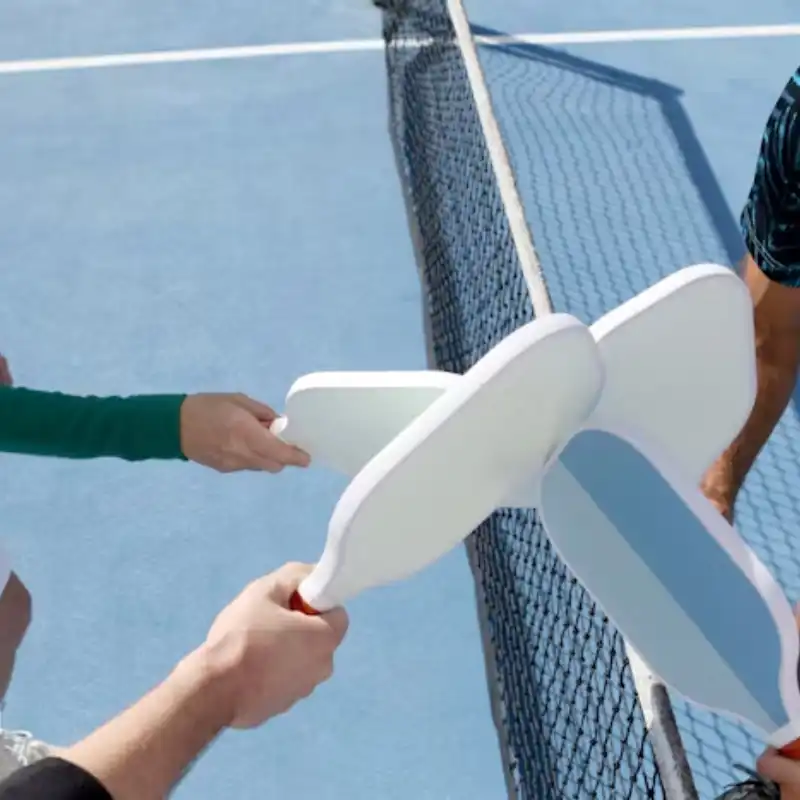
Paddle Tech: Thermoformed vs Non-Thermoformed
Which One Is Right for You?
Your ideal paddle depends on several factors beyond just the construction method. Let’s match your needs to the right paddle by exploring Thermoformed vs Non-Thermoformed Pickleball Paddles in depth.
Choose Thermoformed If You:
- Want maximum power in your shots
- Play aggressively from the baseline
- Prefer a larger sweet spot for consistency
- Don’t mind paying premium prices
- Like a crisp, responsive feel
Choose Non-Thermoformed If You:
- Prioritize control and touch
- Play at the kitchen line frequently
- Want a softer, more forgiving feel
- Have a limited budget
- Prefer traditional paddle feedback
Playing Style Considerations: In Thermoformed vs Non-Thermoformed Pickleball Paddles, aggressive baseliners typically benefit more from the thermoformed construction. The extra power helps drive balls deep while the enlarged sweet spot forgives slight mishits. For playing pickleball with finesse, traditional paddles offer superior touch for drops and dinks.
Your experience level matters when choosing between Thermoformed vs Non-Thermoformed Pickleball Paddles. Beginners often prefer the forgiveness of thermoformed paddles, while advanced players might choose based on specific shot preferences. The cold-pressed fiberglass options provide an excellent middle ground.
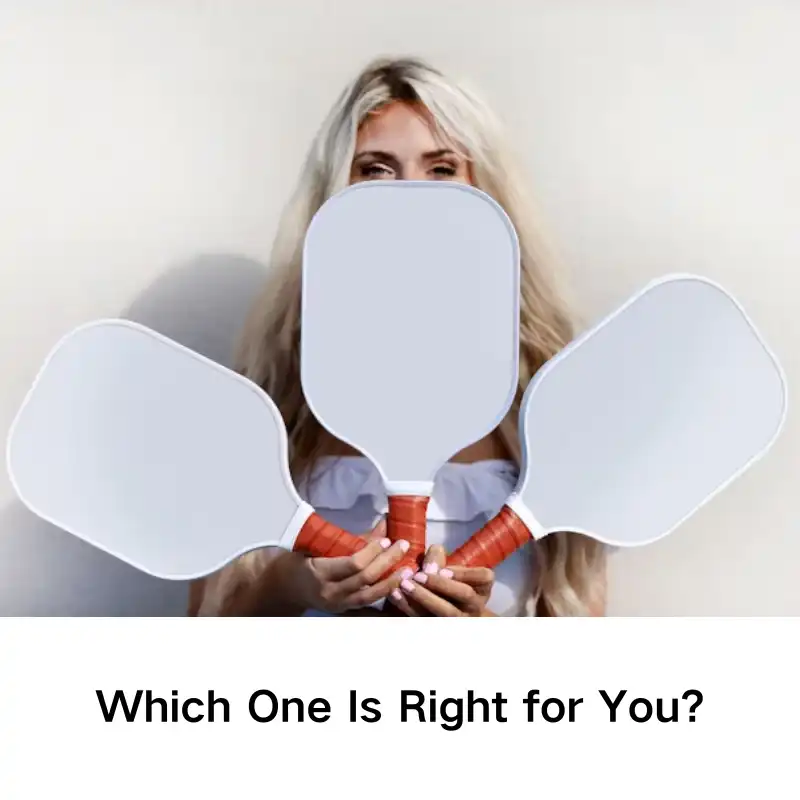
Thermoformed vs Non-Thermoformed Pickleball Paddles
FYFUL-Pickleball Paddle Manufacturer
At FYFUL, we don’t pick sides in the thermoformed debate — we master both technologies. Our 20-year manufacturing expertise means we understand exactly when each construction method shines.
Our lineup reflects the best of both Thermoformed vs Non-Thermoformed Pickleball Paddles, from cutting-edge carbon fiber thermoformed builds to high-control traditional cores. We use a proprietary lay-up process that maximizes the sweet spot while maintaining excellent control. Both Thermoformed vs Non-Thermoformed Pickleball Paddles in our lineup undergo rigorous testing to prevent common issues like premature delamination.
For traditional paddle enthusiasts, our paddle selection includes raw carbon fiber paddles with exceptional feel. We’ve refined cold-press techniques to deliver consistent performance without the premium price tag.
What sets FYFUL apart?
- Custom paddle options for both technologies
- Direct factory pricing
- Low minimum orders for retailers
- Quality that matches major brands
Whether you choose thermoformed innovation or traditional reliability, we ensure your paddle performs exactly as intended. Ultimately, the choice between Thermoformed vs Non-Thermoformed Pickleball Paddles depends on what elevates your game.
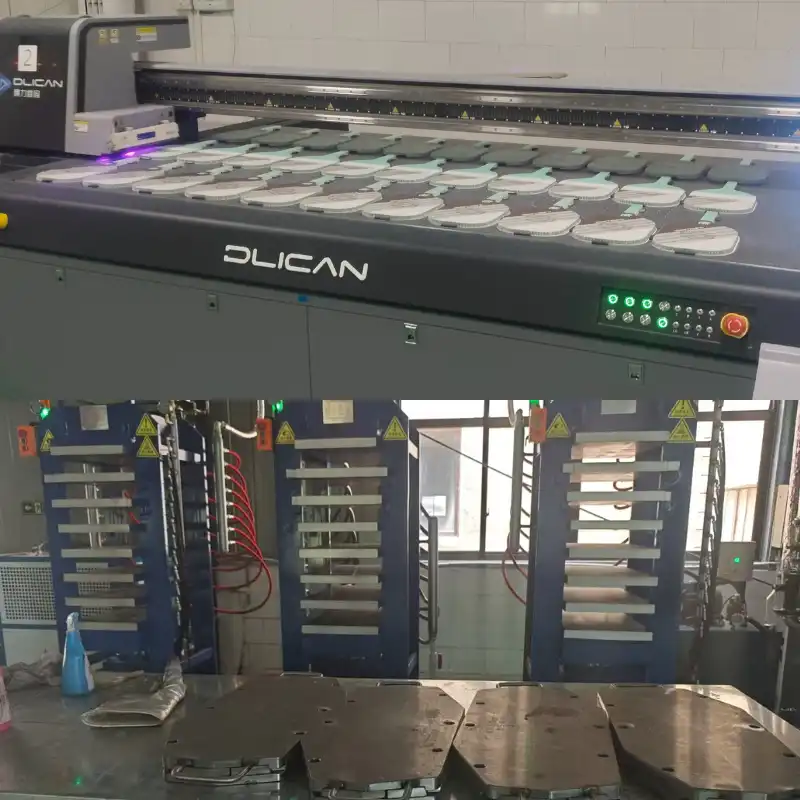
FYFUL-Pickleball Paddle Manufacturer
Ready to Find Your Perfect Paddle Match With FYFUL?
Key takeaways:
- Thermoformed paddles offer power and larger sweet spots
- Traditional paddles provide better control and a softer feel
- Price differences reflect construction complexity
- Your playing style matters more than trends
- Quality construction beats technology type

Use FYFUL Pickleball Paddles
FAQs
How to tell if a pickleball paddle is thermoformed?
Look for a seamless edge without a separate guard — that’s the telltale sign. Thermoformed paddles have a foam-injected perimeter where the carbon fiber plies coming together create one continuous piece. They’ll also feel stiffer and typically cost $150+. The unibody construction appears smooth and integrated rather than layered.
Which material is better for pickleball paddles?
Neither is objectively “better” — it depends on your priorities. Carbon fiber offers a superior strength-to-weight ratio and responsiveness. Fiberglass provides excellent value and a softer feel. Both materials work in thermoformed and traditional paddles. Choose carbon for performance, fiberglass for comfort, and budget.
What is the difference between thermoformed and cold-pressed paddles?
Do thermoformed paddles have a break-in period?
Most thermoformed paddles feel consistent from day one due to their rigid construction. Unlike traditional paddles that may soften slightly, thermoformed paddles maintain their characteristics. Some players report the surface texture wearing in after 20-30 hours, but the core performance remains unchanged.
Which type of pickleball paddle is better?
In the Thermoformed vs Non-Thermoformed Pickleball Paddles discussion, there’s no universal “better” — only better for YOU. Thermoformed paddles bring several advantages for power players and those wanting durability during fast-paced rallies. Traditional paddles excel for finesse players prioritizing touch. Test both types to discover your preference.
Does an expensive pickleball paddle make a difference?
Price often reflects construction method and materials, not always performance. A $200 thermoformed paddle won’t automatically improve your game over a quality $80 traditional paddle. However, premium paddles typically offer better durability, consistent sweet spots, and a refined feel. Match the paddle to your skill level — don’t assume expensive equals better for your needs.


